How can we create healthier, biodiverse and more beautiful cities?
Our ecological systems and biodiversity have been suffering for decades from the development caused by human activity. We are witnessing the challenging outcomes of climate change and wildlife loss on a scale not before seen in human history. We need to act quickly to restore our biodiversity.
What if we could provide space for a range of plants and animal species, in a way that is also beneficial for us using an abundance of unused space?
Our aim is to develop a sustainable and aesthetical façade panel design that can be easily applied to the new or existing buildings and create living spaces for the fauna and flora within the urban environment, while maintaining the high performance of the building, healthier micro-climate and greater ecological density. The ultimate goal is to create the built environment where humans can live in greater harmony with nature providing reciprocal value to one another.
The village of Houtouwan abandoned in the early 1990s. Over the past 30 years nature has reclaimed its former territory.
How can we expand the capacities of nature in the cities?
The greening of our cities is a promising trend, however it’s not without its limits. Modifying existing urban spaces, whereby there is limited potential application of natural systems, due to limited space requirements and a limited range of nature-based solutions applicable for a given setting. Our mission is to both access unused space to greater increase the potential for green systems and to expand the types of ecosystems we can incorporate.
The Living Façade types are designed to be home for a range of species which are adaptable depending on the region and local conditions. The panels are parametrically designed to either allow for both the growth of specific plants habitats for certain bird and insect species to create stronger more resilient ecosystems.
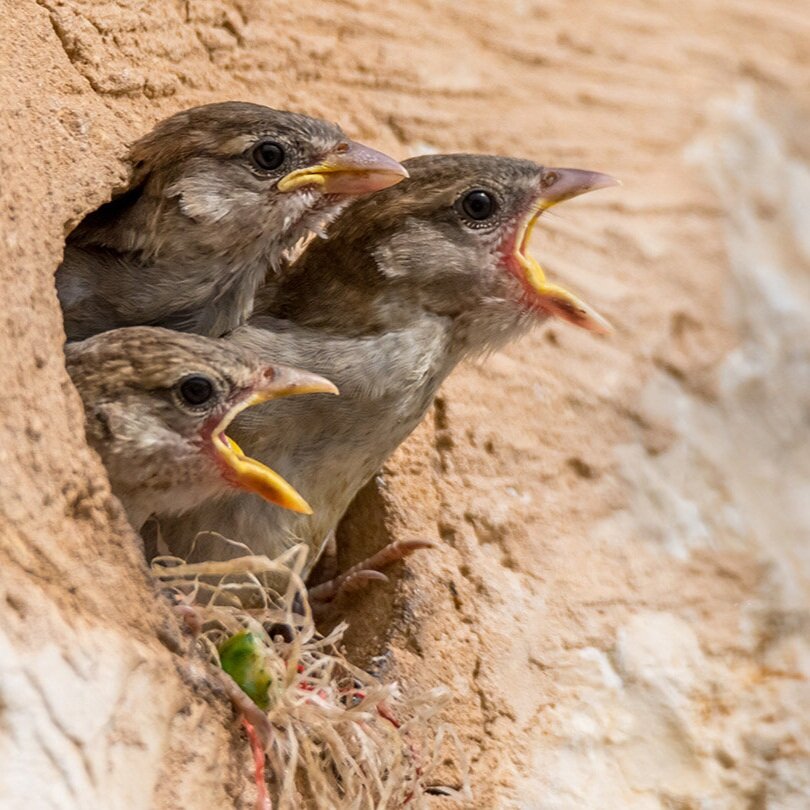
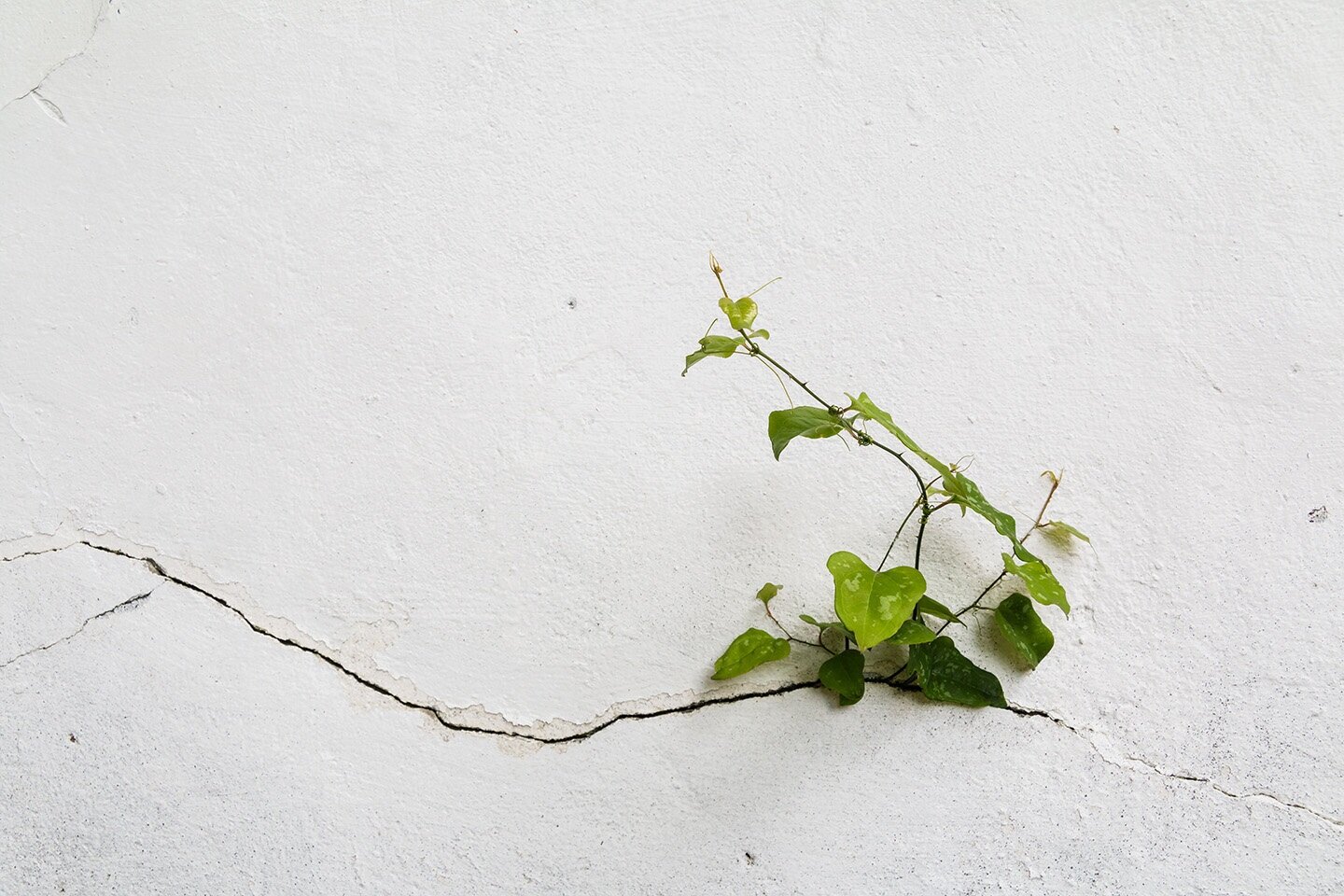

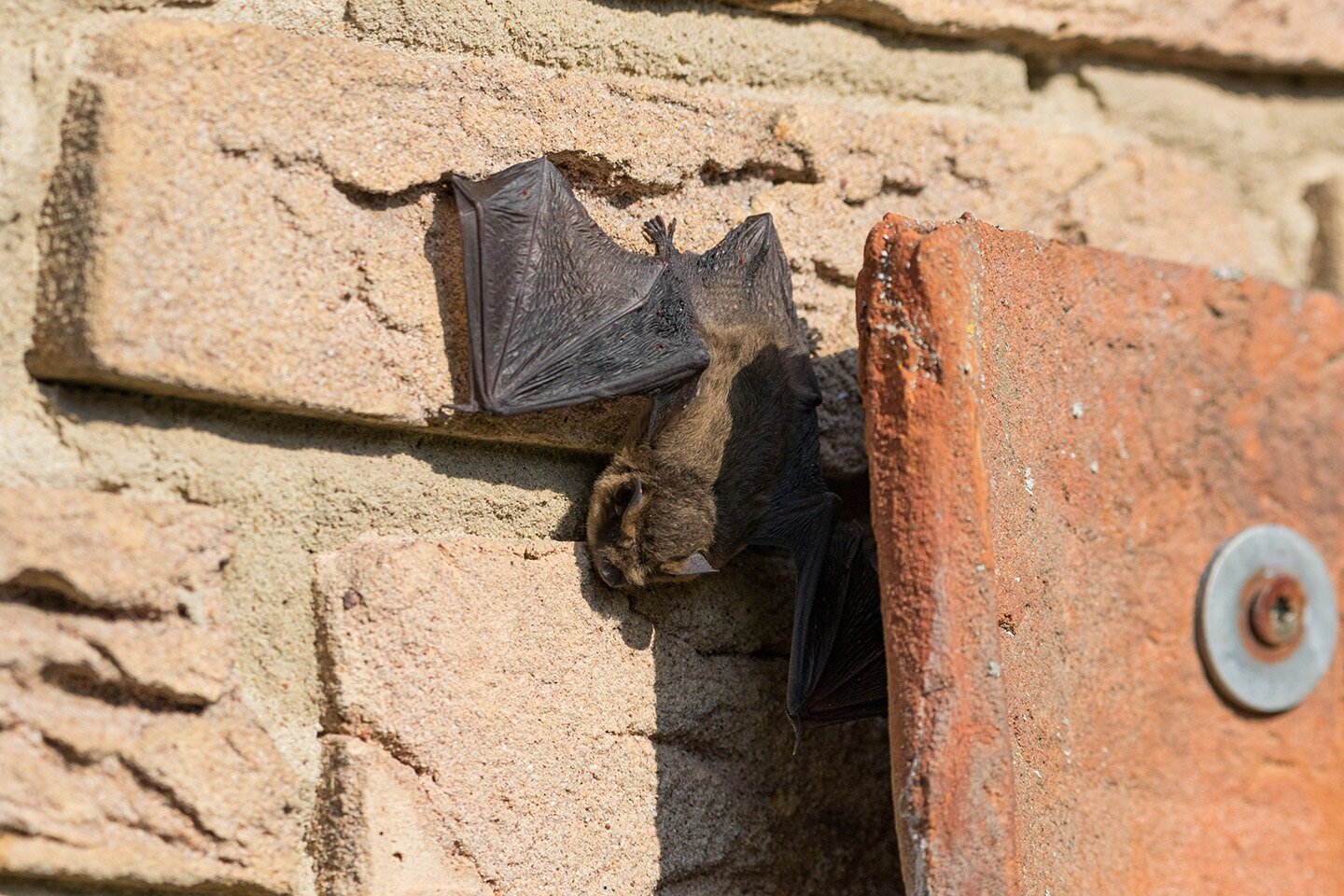
The ultimate aim is to create the environment where humans can live in greater harmony with nature.
Cities bring people together, and whilst the social and economic benefits are undeniable, cities have also proven to become more detrimental for our health, due to the pollution, noise, heat and lack of access to the nature areas. Greener cities typically provide better conditions for residents and communities. The recent studies have proven the correlation between the access to the green spaces within the city and the wellbeing of its habitants. The research shows that the residents are happier with the inclusion of green spaces in the neighborhood. Nature provides stress relief and boosts mental health.
Urban green spaces have a positive impact on the air quality and surface temperature, helping to solve most common environmental problems in the urban areas – pollution and heat. Green facades filter air toxins such as CO2 and many harmful pollutants. Greening interventions help to mitigate urban heat island effects and reduce noise which can be stressful to our health. Vertical gardens can be also a great solution where there is not enough available space for ground surface for vegetation. Humans can benefit from living façade panels, and at the same time contribute to the restoration and growth of biodiversity.
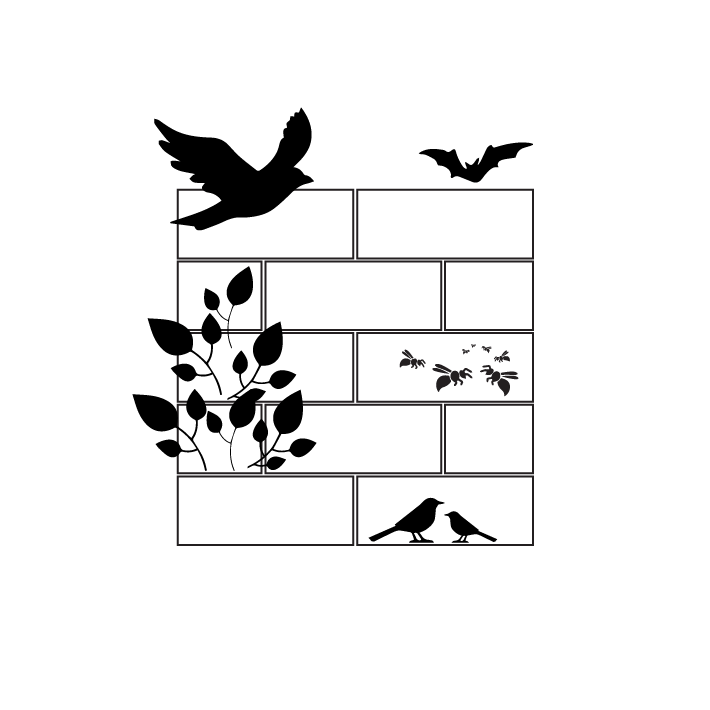
INCREASING BIODIVERSITY

IMPROVING AIR QUALITY

UPGRADING THERMAL PERFORMANCE

URBAN HEAT REDUCTION
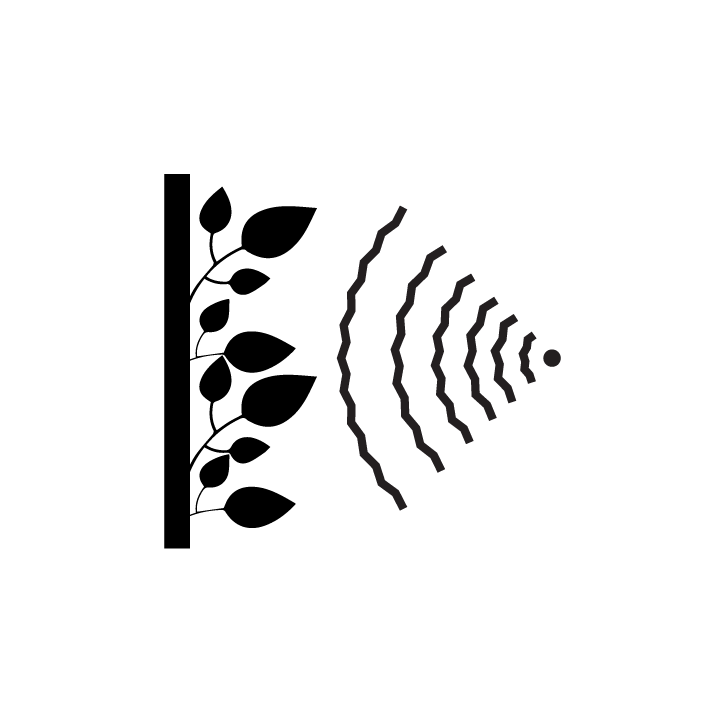
ACOUSTIC CONTROL

CLEAN, SUSTAINABLE MATERIALS

WELLBEING

AESTHETITCS & ECONOMICS

